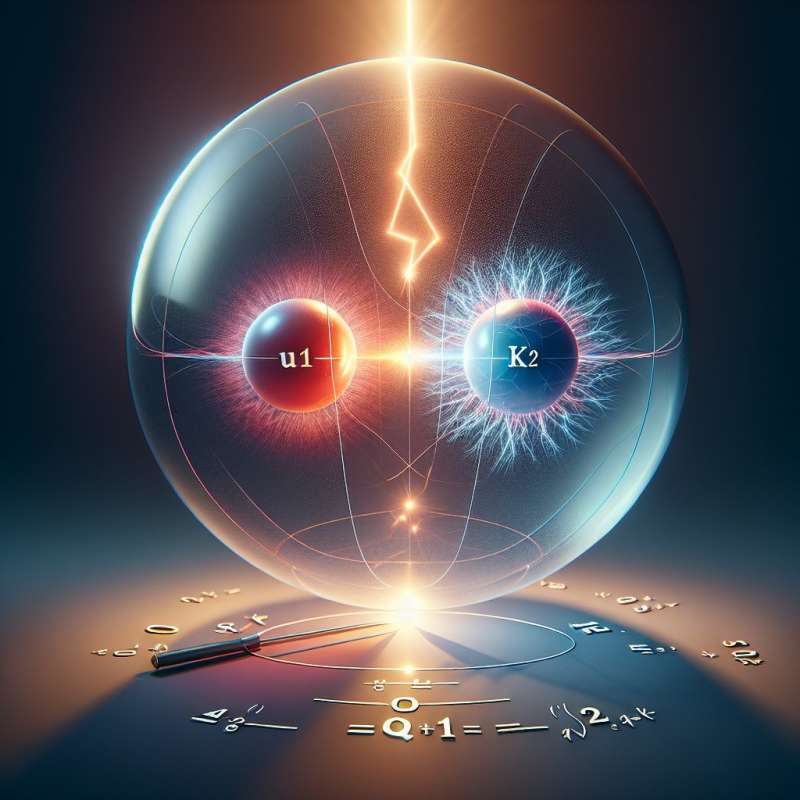
Understanding Electric Charge
Electric charge is a physical property of matter that causes it to experience a force when near other electrically charged matter. There are two types: positive and negative. Like charges repel, unlike charges attract.
Coulomb's Law Fundamentals
Coulomb's Law quantifies the electrostatic force between two charges. The force is directly proportional to the product of the charges and inversely proportional to the square of the distance between them: F = k * (|q1*q2|/r^2).
Electric Field Definition
An electric field is a vector field around a charged particle that represents the force a positive test charge would experience. Its strength is E = F/q, where F is force and q is the charge of the test particle.
Electric Field of a Point Charge
The electric field E created by a point charge (q) at a distance (r) is E = k * |q|/r^2, directed radially away from a positive charge and towards a negative charge.
Gauss's Law Insights
Gauss's Law relates the electric flux through a closed surface to the charge enclosed by that surface: Φ = ∫E·dA = Q_enclosed/ε₀. It's a powerful tool for symmetric charge distributions.
Electric Potential Energy
Electric potential energy is the work done to move a charge within an electric field. For charges q1 and q2 separated by distance r, U = k * (q1*q2)/r. It's scalar and can be positive or negative.
Capacitance and Dielectrics
Capacitance is the ability of a system to store an electric charge. The formula C = Q/V applies, where Q is charge and V is voltage. Dielectrics can increase capacitance by reducing the electric field between charged plates.
What property causes force in charged matter?
Matter weight
Electric charge
Gravitational pull
Company